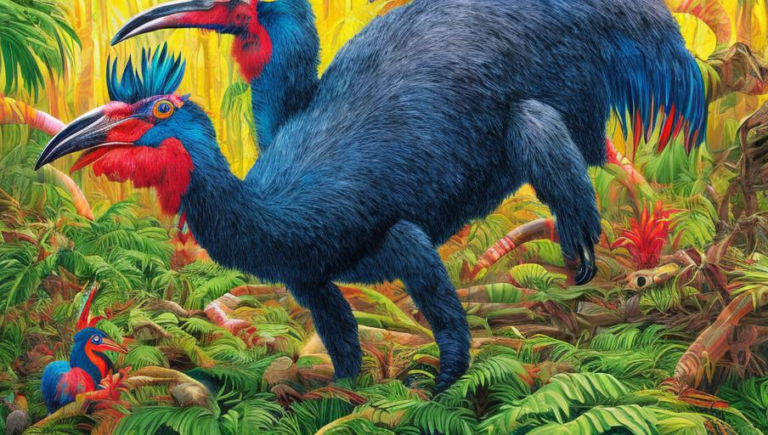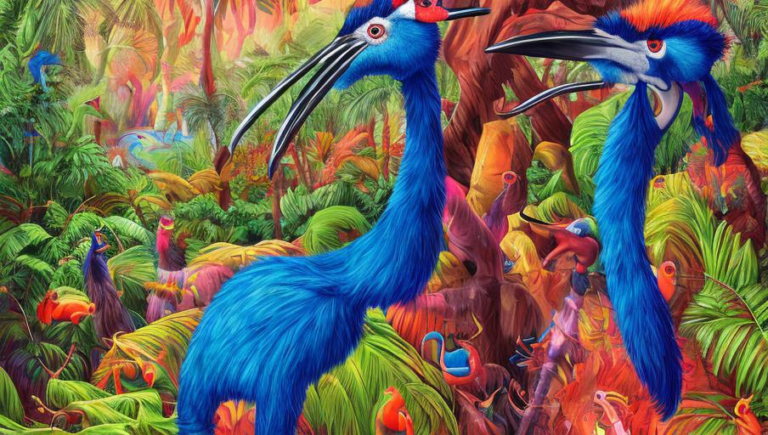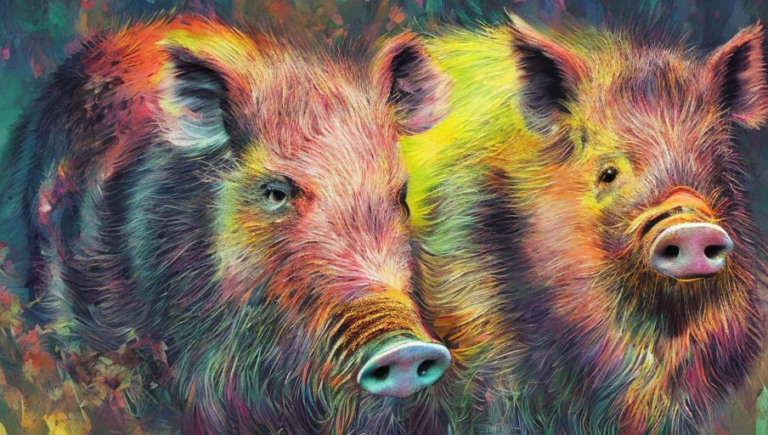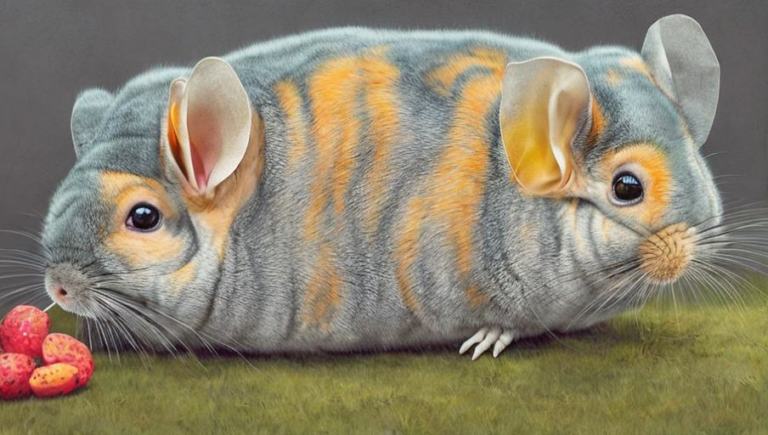Mapping the Buffalo’s Habitat and Home Range
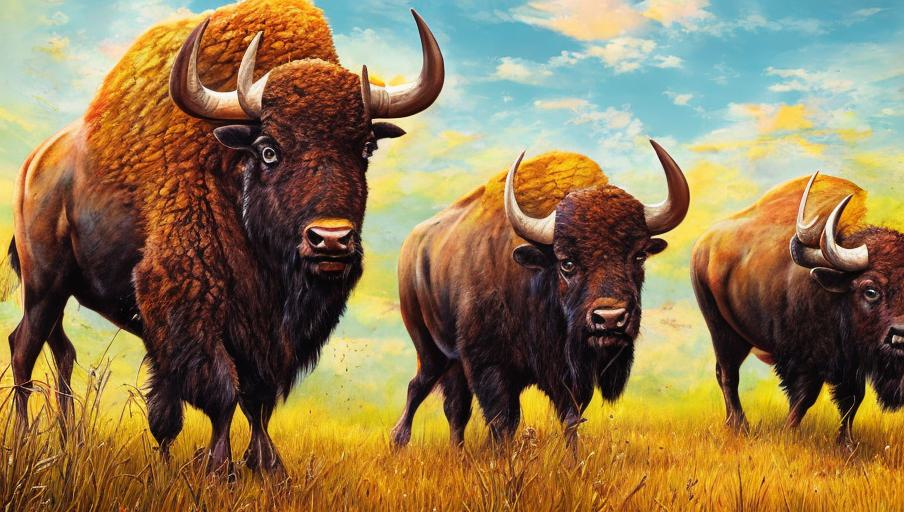
Introduction
The American buffalo, also known as the bison, is a species of mammal that once roamed the grasslands of North America in large numbers. As European settlers moved into North America, the buffalo population decreased drastically due to hunting and habitat destruction. While some herds of buffalo still exist, their numbers have dwindled and their habitat is now mostly confined to reserves and parks. In order to understand the buffalo’s current range and habitat needs, it is important to map their past and present home ranges.
Historical Home Range
Historically, the American buffalo was found throughout the Great Plains of North America, ranging from Canada to northern Mexico. They were also found in some parts of the Midwest and in parts of the Rocky Mountains. The buffalo’s habitat was mainly open grasslands, but they could also be found in woodlands, shrublands, wetlands, and even deserts. Buffalo were also able to adapt to a variety of climates and habitats, including areas with cold winters and hot summers.
Current Home Range
Today, the American buffalo is mostly confined to reserves and parks. There are a few free-range herds that roam in parts of the Northern Great Plains, such as Wyoming and Montana, but for the most part the buffalo is found in protected areas. The National Bison Range in Montana, for example, is a protected area that is home to a herd of buffalo. Other protected areas that are home to buffalo include Yellowstone National Park and Badlands National Park.
Habitat Needs
Buffalo need large areas of grassland with plenty of open space and access to water. They also require areas of woodland and shrubland for shelter and protection from predators. Buffalo are also grazers, so they need access to plenty of grasses and other vegetation to eat. For this reason, buffalo need areas with good soil fertility and a diversity of vegetation.
Impact of Human Activity
The decrease in buffalo numbers has been largely attributed to human activity. Hunting, habitat destruction, and the introduction of non-native species have all had an impact on the buffalo’s range and habitat needs. Buffalo can also be impacted by changes in climate, as well as the introduction of livestock which compete for food and space. As a result, it is important to continue to monitor and map the buffalo’s home range and habitat needs in order to ensure their long-term survival.
Conclusion
The American buffalo is a species of mammal that once roamed the grasslands of North America in large numbers. However, due to human activity, their numbers have decreased drastically and their habitat is now mostly confined to reserves and parks. In order to understand the buffalo’s current range and habitat needs, it is important to map their past and present home ranges. The buffalo need large areas of grassland with plenty of open space, access to water, and a diversity of vegetation. Monitoring and mapping the buffalo’s home range and habitat needs is essential to ensure their long-term survival.
